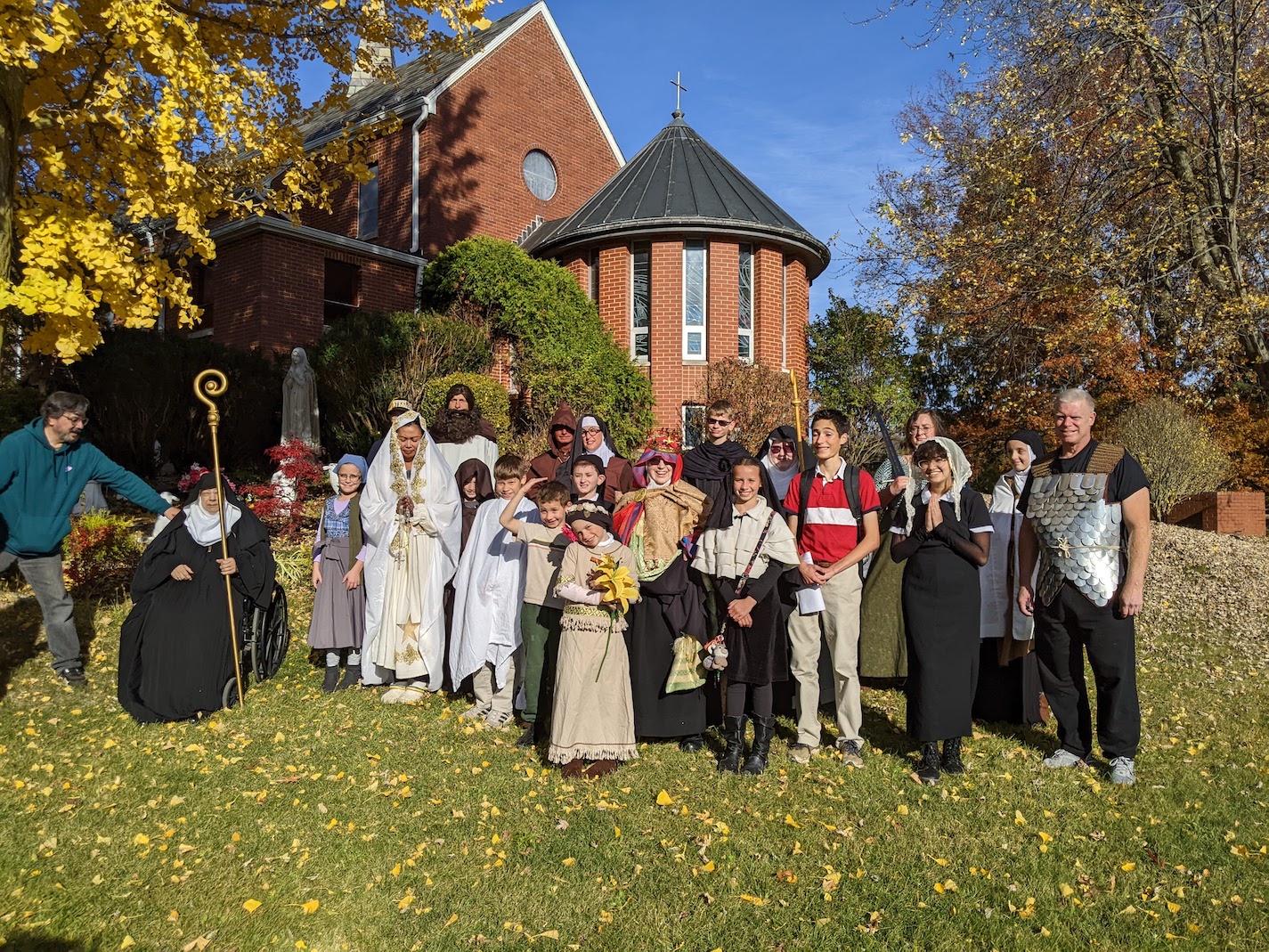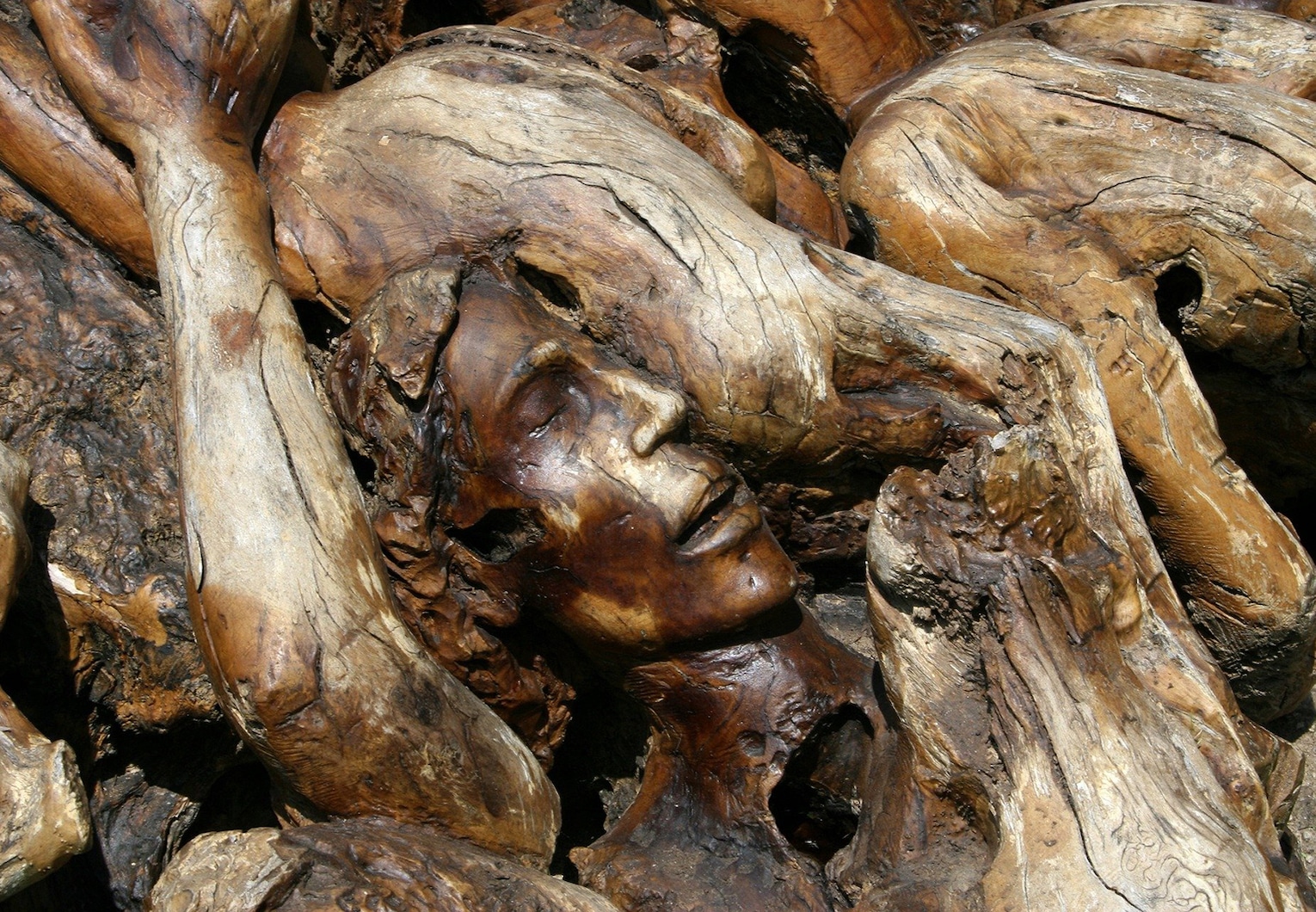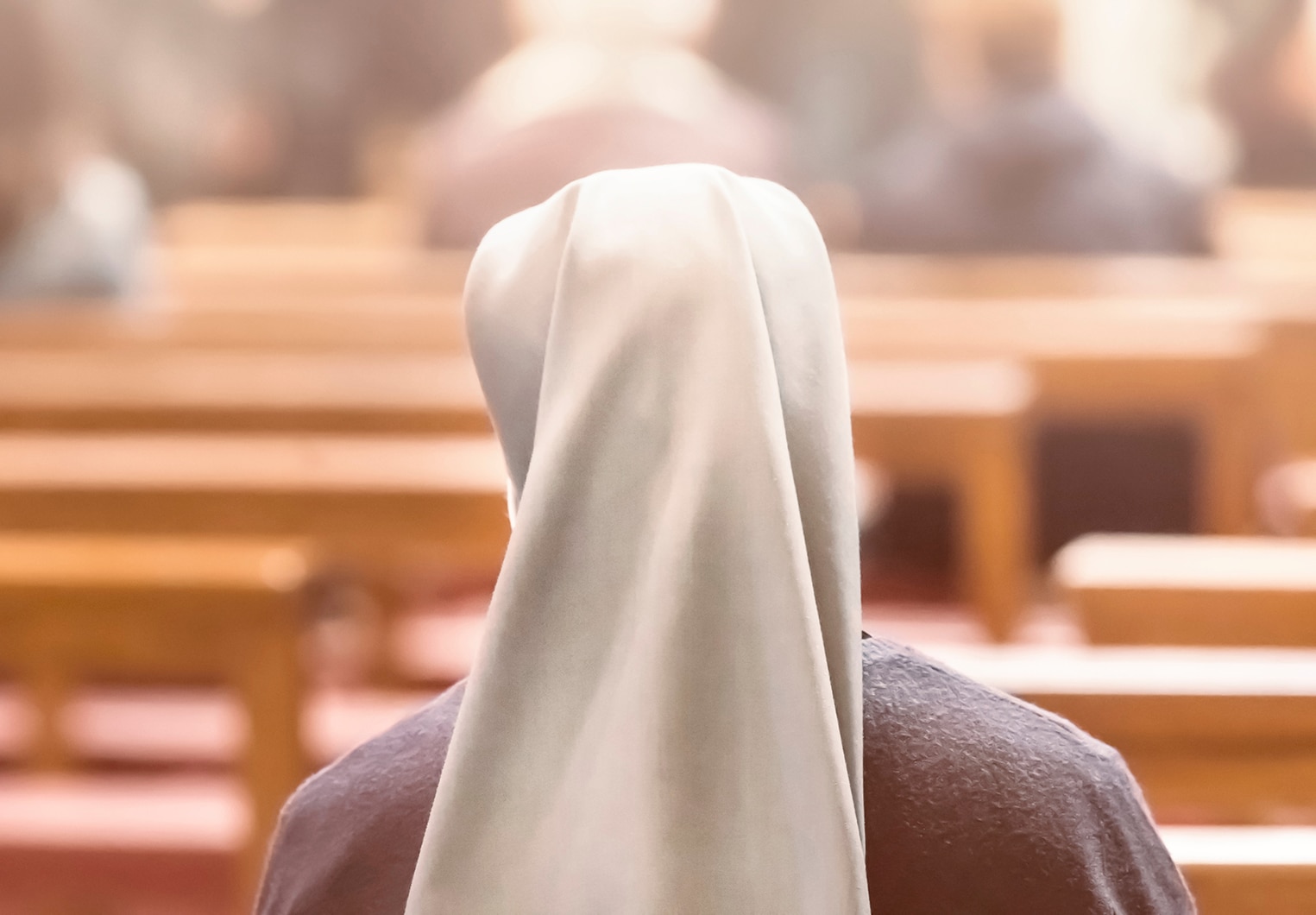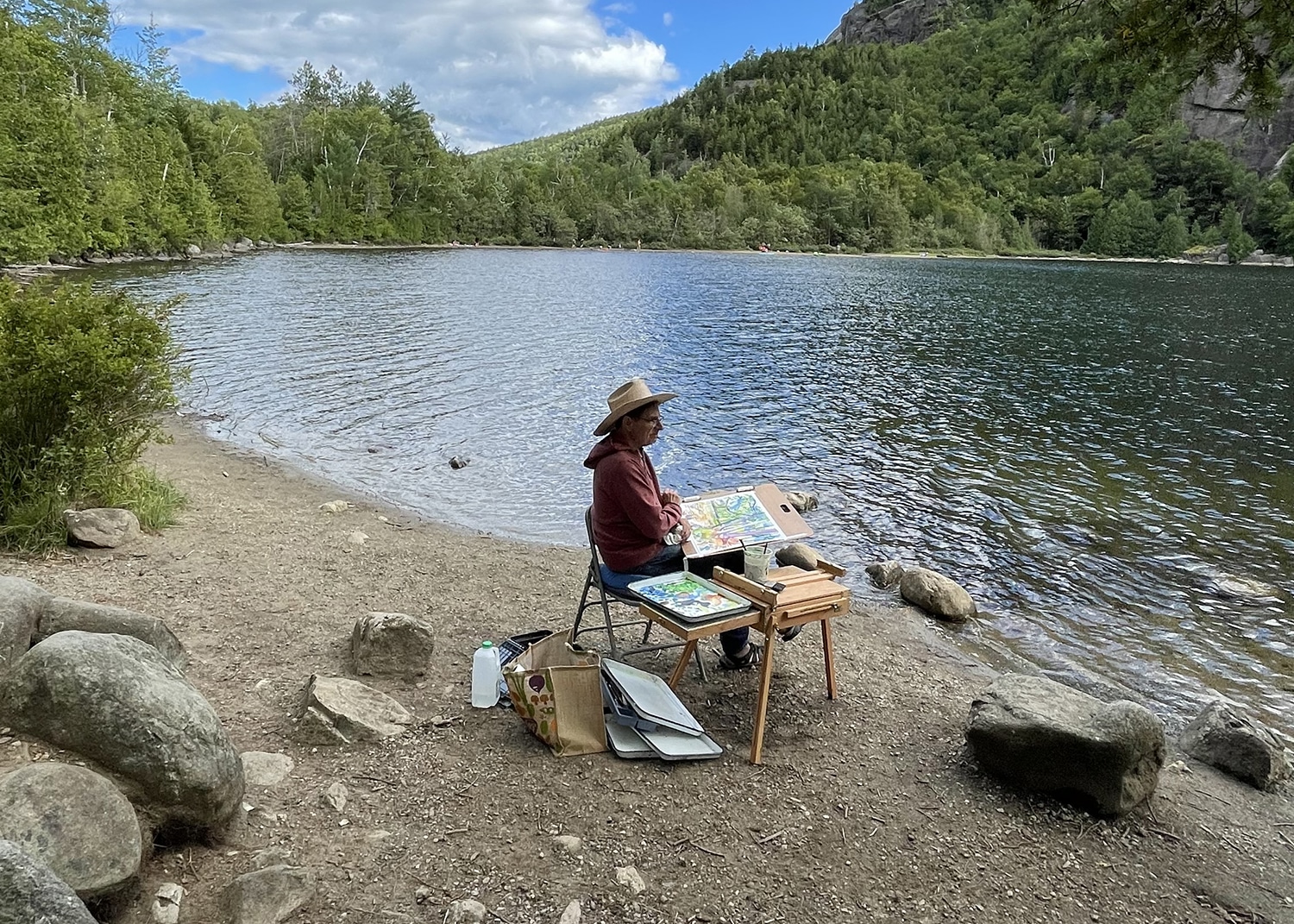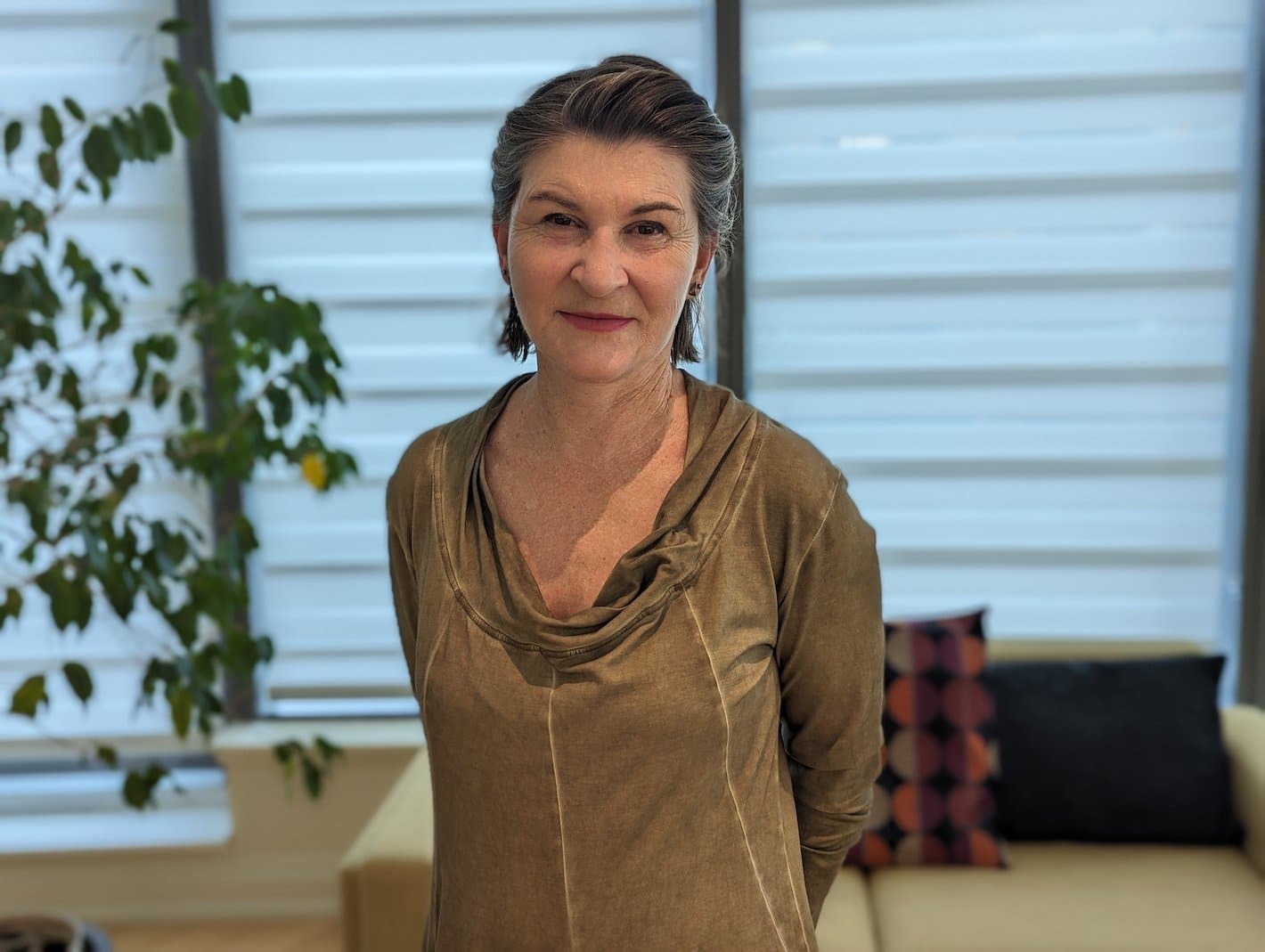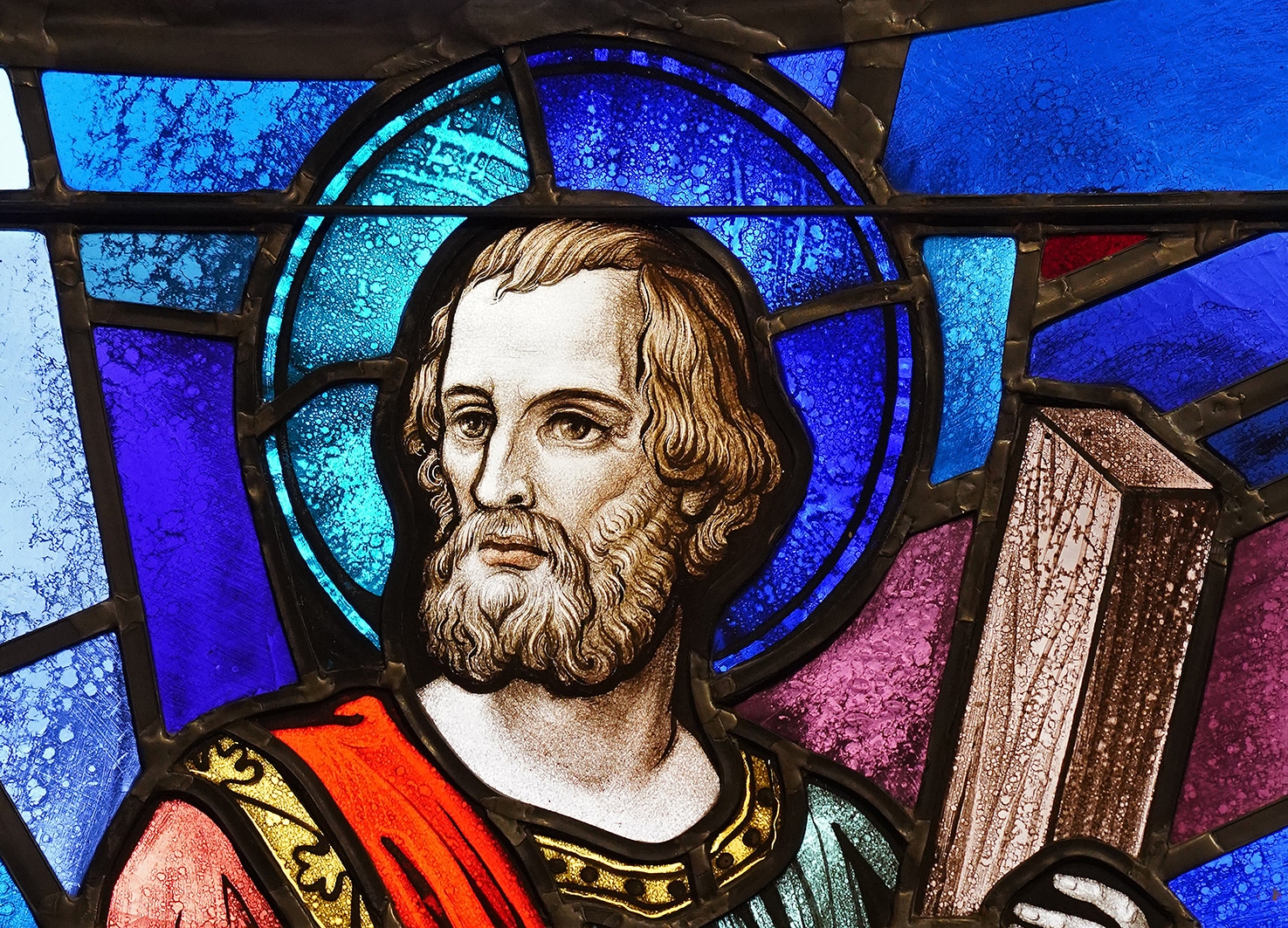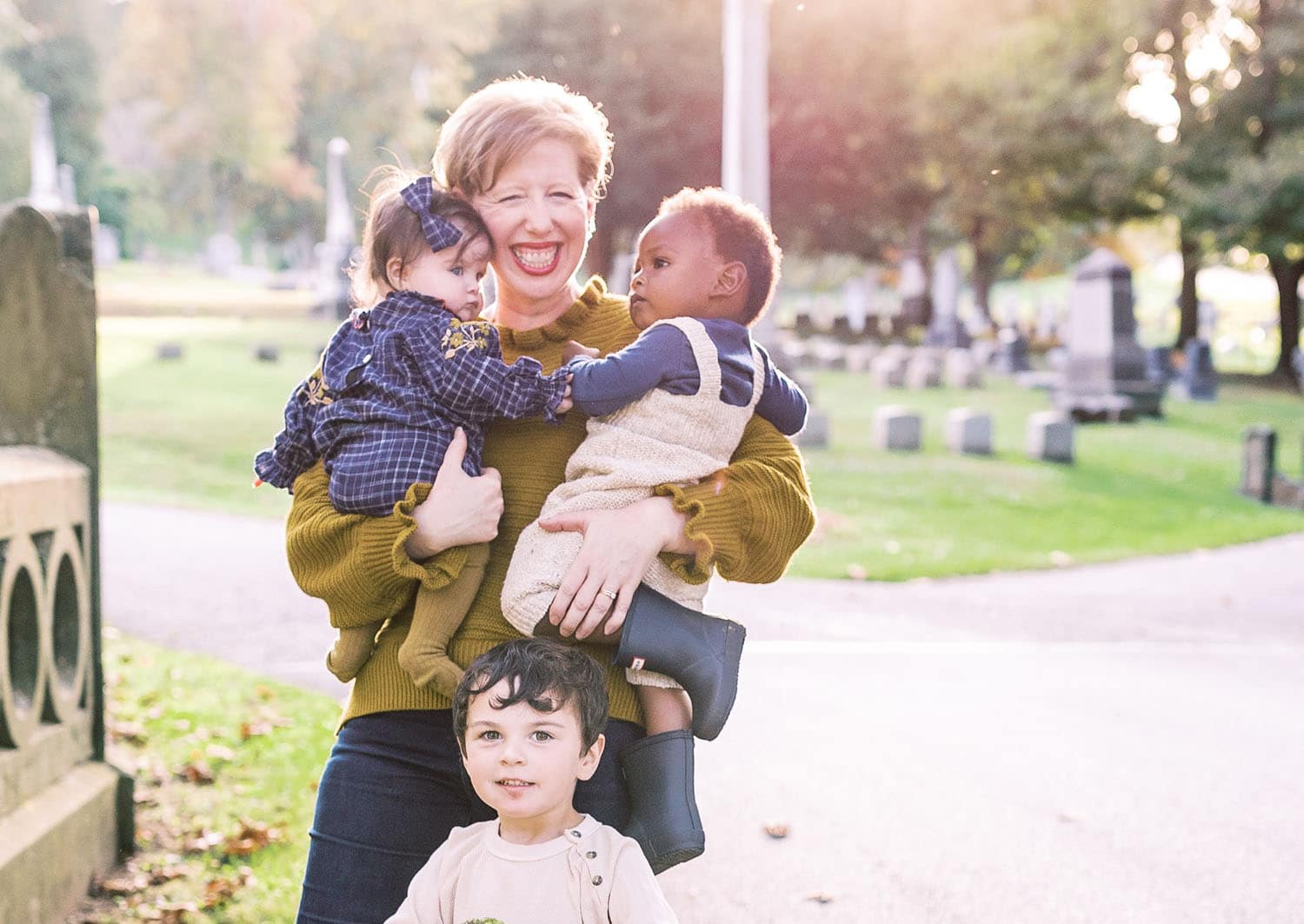When students of the Greensburg, Pennsylvania, chapter of Catholic Schoolhouse don costumes for an event at St. Emma Monastery at the end of October, it’s not the typical Halloween party with superhero and fairytale outfits.
Rather, they celebrate the original All Saints’ Day and All Souls’ Day, two Christian holy days observed on Nov. 1 and Nov. 2 respectively, that over the centuries also became the secular Halloween. That name came for the vigil on Oct. 31, a contraction of “All Hallows’ Evening.”
The students and a handful of adults dress up as St. Joan of Arc, St. Michael the Archangel, St. Walburga, St. Pio, and more. The smallest of the students portray the children who witnessed the apparition of Mary at Lourdes.

Catholic Schoolhouse is a national organization for Catholic homeschoolers who, in addition to their homeschooling lessons, meet once a week for a classroom setting and to celebrate Mass together. The Greensburg chapter was founded five years ago and currently includes 20 families with students at a full range of grade levels.
“The important thing is to grow a Catholic community, and we do extra things outside of class,” said Sue Sunseri, one of the local directors.
The beginnings of the Lantern Saints Tour
She had been to a similar event that honored saints in another town and thought it could become a tradition for the homeschoolers. She posed the idea to the Benedictine sisters at St. Emma’s, and they agreed to not only host the Lantern Saints Tour but also to participate in presenting it. It’s a fundraiser for the monastery, too.
This is the third year for the two-day event that attracts families and homeschoolers from all over the Diocese of Greensburg and surrounding areas.
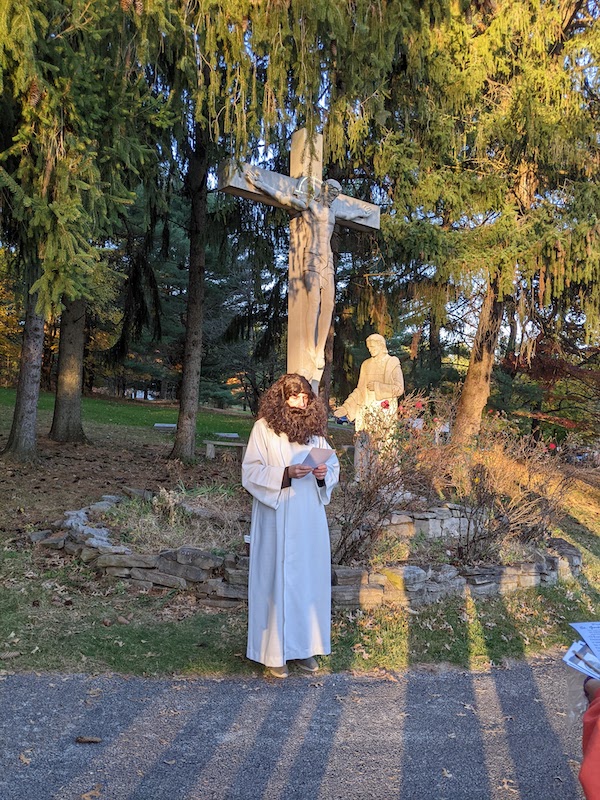
“It’s wonderful for people to have a spiritual way to celebrate All Saints’ Day and All Souls’ Day, as well,” said Mother Mary Anne Noll, prioress of the monastery. “It’s a remembrance of those who have gone ahead of us to God. It’s something very different from goblins and ghosts.”
Many secular Halloween traditions originated from ancient practices associated with honoring or fearing the souls of the dead. Food and drinks were once left out for wandering souls and skulls served as reminders of death. Turnips — then later pumpkins — were carved out as candle lanterns to light the darkness and ward off evil spirits, and people wore disguises to hide from them.
“The concept of our Lantern Saints Tour is to spotlight the lives of saints and to really bring back the true meaning of the holy day that got secularized with Halloween,” Sunseri said. “We are portraying the heroic lives of saints to educate and to inspire our greater community.”
Months of planning for the October event
Planning begins months before the event with the students researching the saints who will be represented and planning the costumes and settings. As late October approaches, they rehearse their roles, prepare the lanterns and bake cookies. Lastly, they set up the settings and prepare tents for the welcome post and refreshment tables.
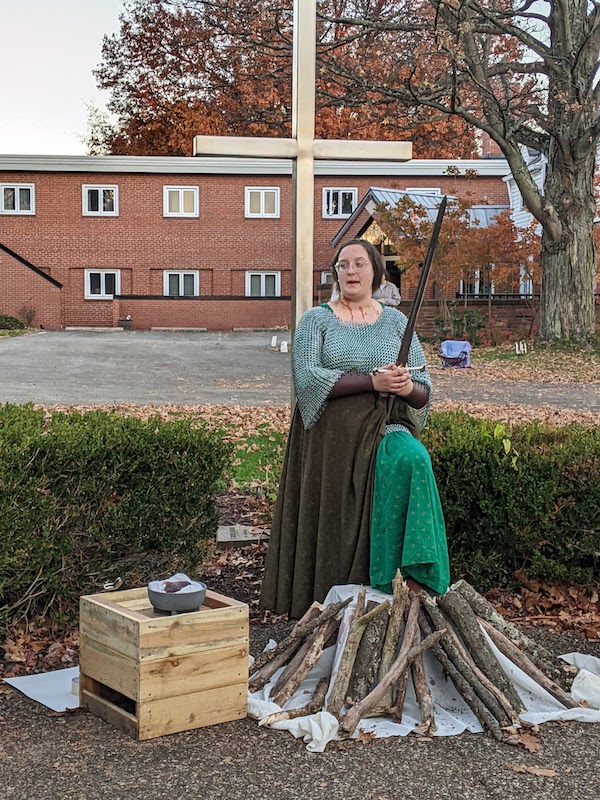
“A lot of things go on behind the scenes and it’s a practical lesson for the students in pulling all of these things together,” Sunseri said. “They do all this with our support. Even the smallest students help out with the refreshments or take food and water around to the characters.”
Mary McCormack, founder of Alabaster Theater which often performs at the monastery, welcomes guests as St. Gabriel and prepares them for the student-led tours of the 12 stations around the grounds.
Meeting the saints
Each portrayal features a short biography of the saint and a keepsake for each guest, for instance, a medal or prayer card. One year, the girl portraying St. Thérèse of Lisieux passed out chocolate roses.
“For St. Emma, there were prayer cards and little bags of croutons because St. Emma was known for her generosity, like giving bread to the poor,” Mother Mary Anne said.
Guests can meet St. Pio at the shrine dedicated to his charism as a confessor. For the first time, this year’s tour includes a portrayal of St. Longinus who, according to tradition, was the Roman centurion who became a Christian convert after he pierced the side of Christ with his lance.
In addition to the student portrayals, some of the changing roles have been played by diocesan priests and Benedictine monks from nearby St. Vincent Archabbey.
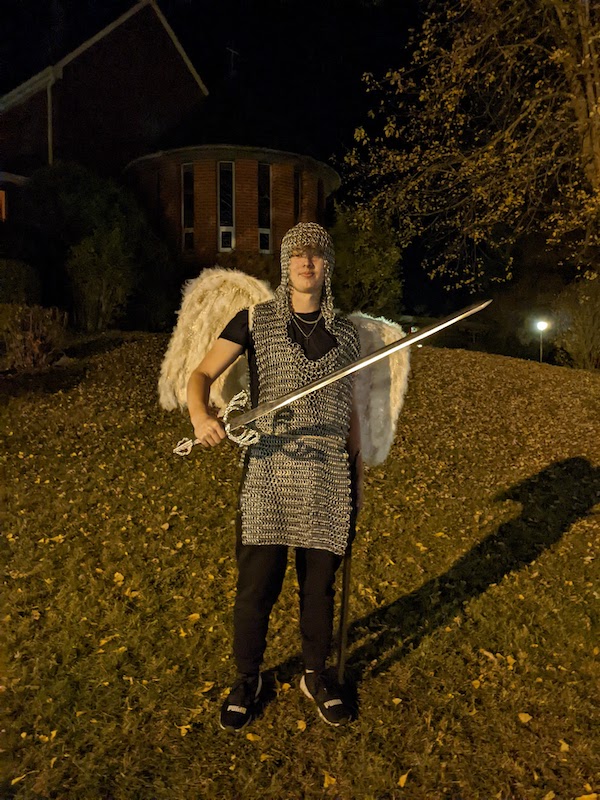
This year, Sister Mary Paul Jensen has the role of St. Emma and Sister Maria Johanna Uhlott is St. Scholastica, the sister of St. Benedict, the founder of the Benedictines. Mother Mary Anne portrays St. Walburga at the monastery’s shrine dedicated to the eighth-century saint. Sister Margoretta Judy will greet guests in the spirit of Benedictine hospitality.
“The students are the leaders of these tours, and it’s so touching to see what they can do,” Mother Mary Anne said. “They have created a spiritual way to celebrate All Saints’ Day. It’s a wonderful way to introduce people to the great family of saints and to recognize the people who are role models for us.”

